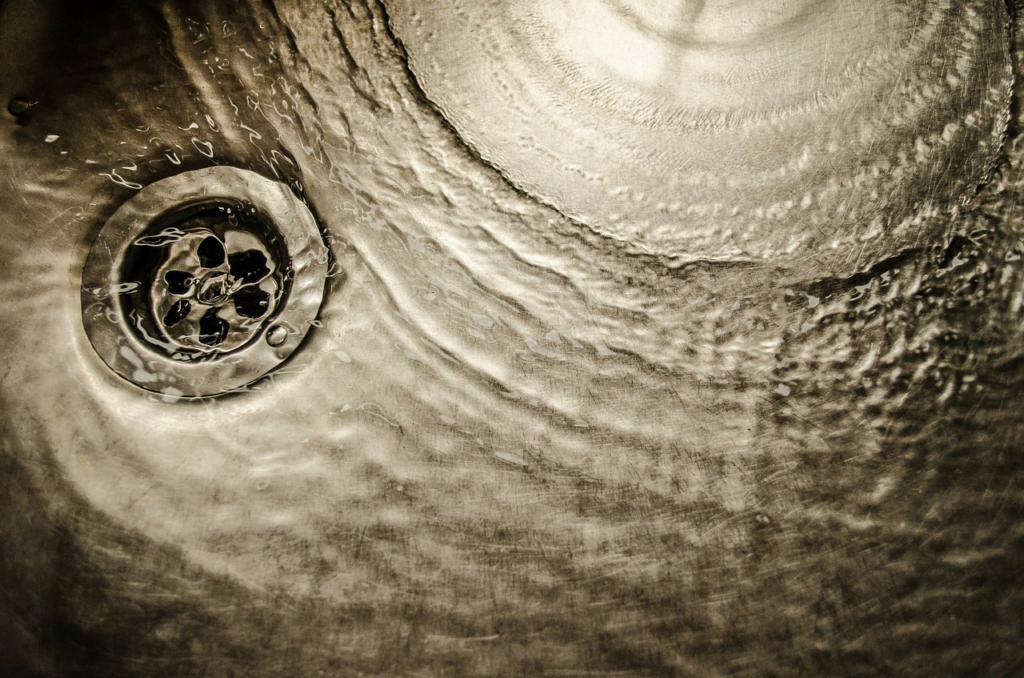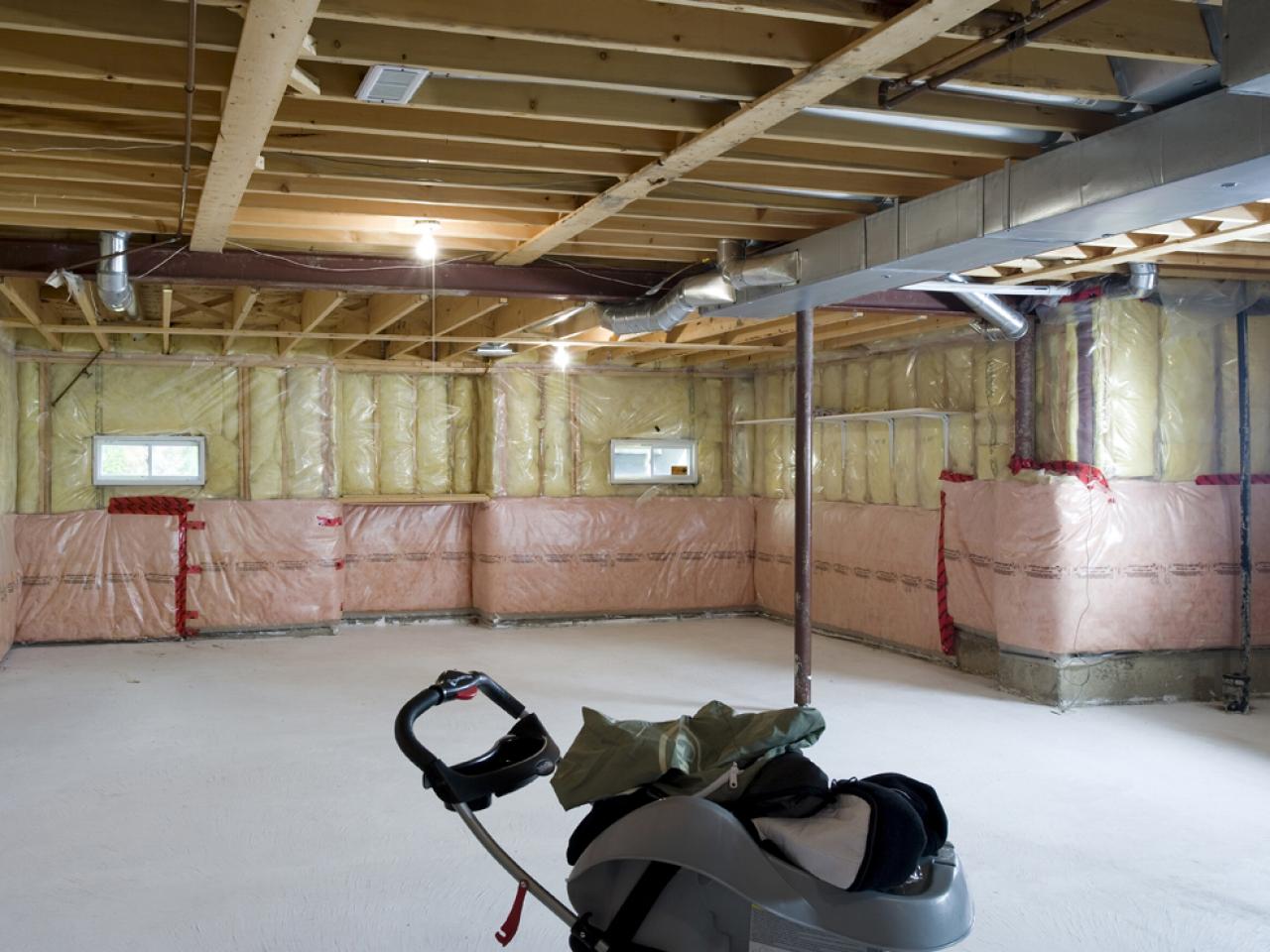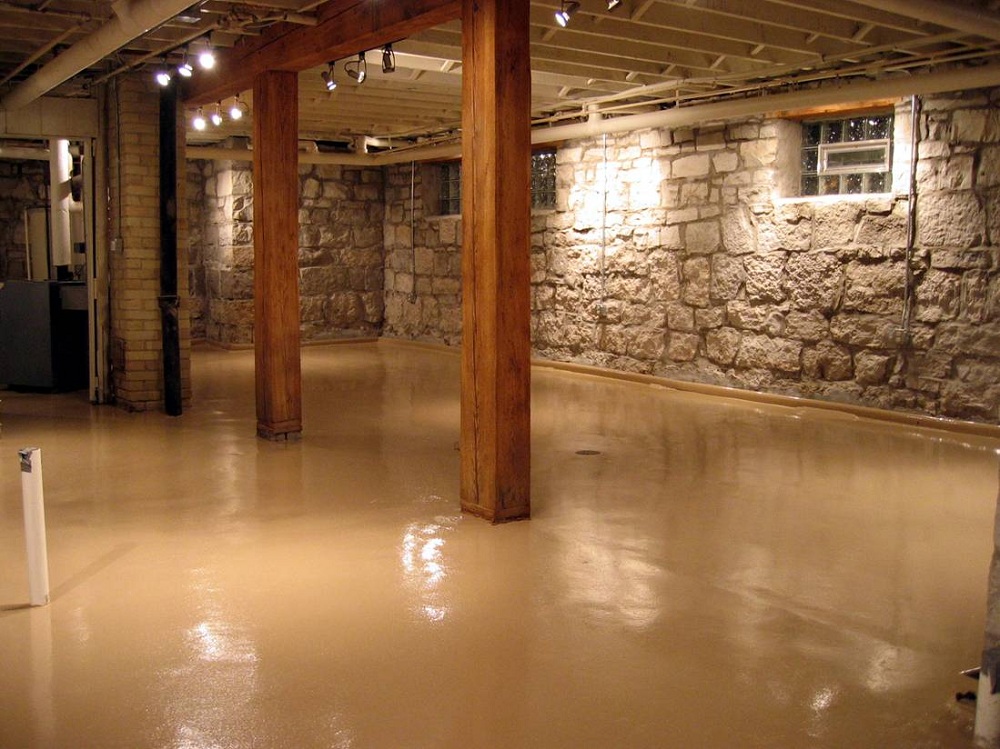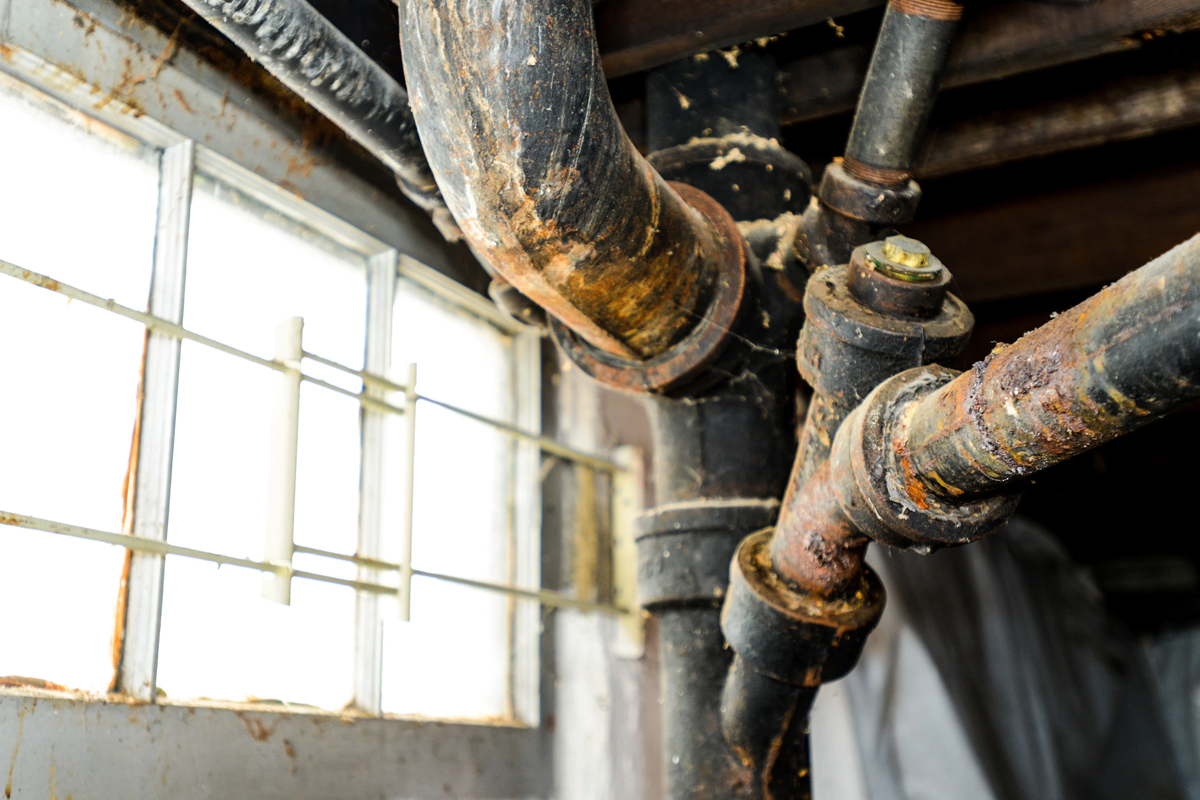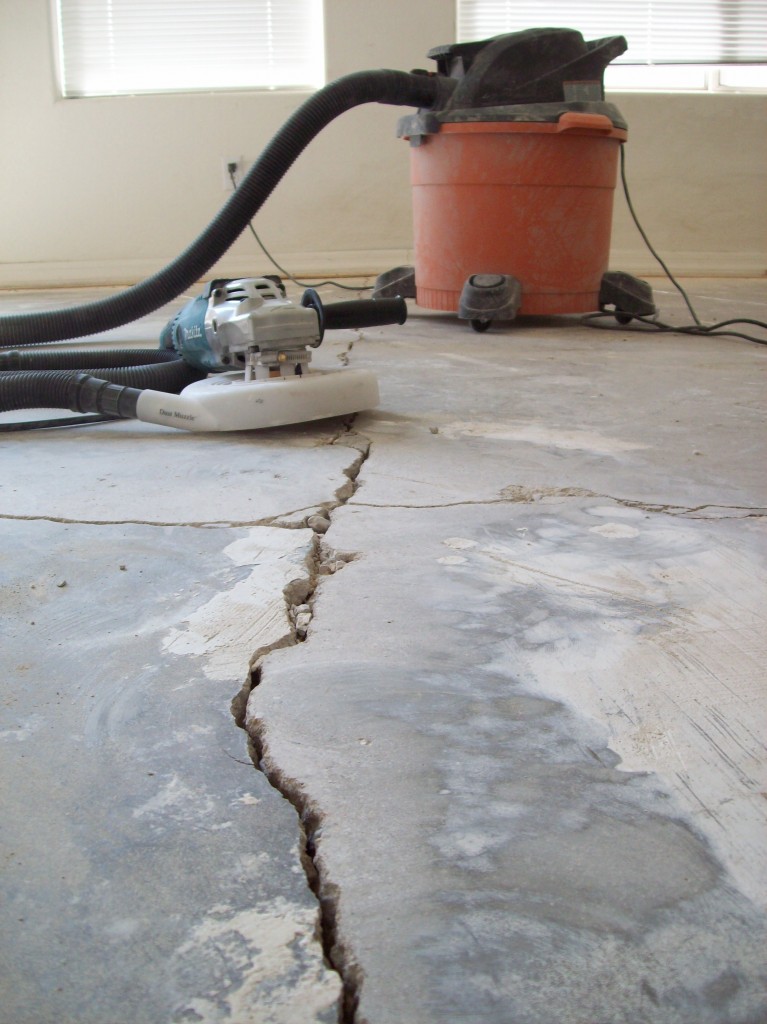Fixing Basement Floor
Basement floors often face unique challenges due to moisture, uneven surfaces, and wear over time. Whether you’re dealing with cracks, water damage, or outdated materials, fixing your basement floor can transform the space into a functional and inviting area. Here’s a detailed guide to help you tackle common basement floor issues and achieve long-lasting results.
Identifying Common Basement Floor Problems
- Cracking: Cracks in basement floors are a common issue caused by settling, temperature changes, or improper installation. Small cracks may not be a major concern, but larger ones can indicate structural problems that need immediate attention.
- Moisture: Basements are prone to dampness, which can lead to mold, mildew, and water damage. Signs of moisture include musty smells, discoloration, or pooling water. Addressing the source of moisture is essential before making any repairs.
- Uneven Surfaces: Over time, basement floors can develop dips, slopes, or bumps due to soil movement, poor construction, or water damage. Uneven floors make it difficult to install new flooring or use the space effectively.
- Outdated or Damaged Flooring: Old carpet, tile, or concrete can wear down, creating an unattractive and uncomfortable surface. Replacing or refinishing the flooring can significantly improve the basement’s appearance and functionality.
- Radon Gas: Basements are more susceptible to radon infiltration, which can pose health risks. If you’re fixing your basement floor, test for radon and install a mitigation system if necessary.
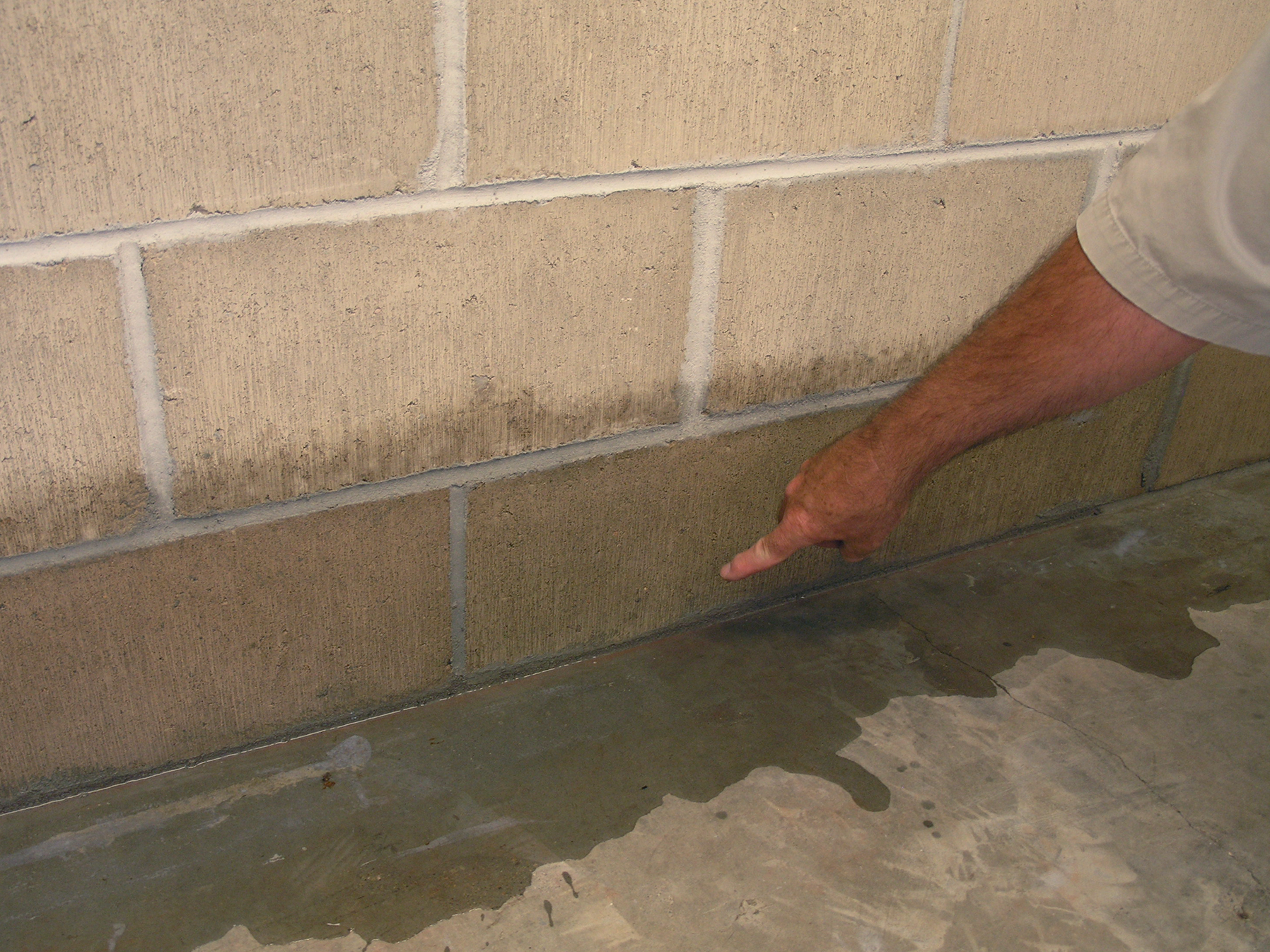
Repairing Cracks and Uneven Surfaces
Small Cracks: Use a concrete patching compound to fill small cracks. Clean the crack thoroughly, apply the compound, and smooth it out with a trowel. Allow it to dry completely before moving forward.
Large Cracks: For larger cracks or structural issues, consider using an epoxy injection kit. This method fills the crack with epoxy resin, creating a strong, durable seal that prevents water seepage.
Self-Leveling Concrete: To address uneven surfaces, pour self-leveling concrete onto the floor. It spreads out to create a smooth, level surface, making it ideal for preparing the floor for new flooring installations.
Grinding and Overlays: For severe unevenness, grind down high spots or fill low areas with a concrete overlay. This process requires specialized tools and expertise, so hiring a professional is often the best option.
Final Inspection: After repairs, inspect the floor for any remaining issues. Ensure the surface is clean, dry, and free of debris before proceeding with further improvements.
Addressing Moisture Issues
Identify the Source: Determine the cause of moisture, whether it’s poor drainage, leaking pipes, or high humidity levels. Addressing the source is crucial for long-term solutions.
Improve Drainage: Ensure gutters and downspouts direct water away from the foundation. Consider installing a French drain or sump pump system to manage groundwater effectively.
Waterproofing Sealant: Apply a waterproofing sealant to the floor and walls to create a barrier against moisture. For added protection, install a vapor barrier beneath new flooring materials.
Control Humidity: Use a dehumidifier to maintain a dry environment. Proper ventilation, such as adding vents or fans, can also help improve air circulation and reduce humidity.
Severe Water Damage: In cases of significant water damage, replace sections of the floor or install a drainage system. Consulting a professional can help you determine the best course of action.
Choosing and Installing New Flooring
Concrete: A durable and low-maintenance option, concrete can be left as-is for an industrial look or finished with staining or polishing for a decorative touch.
Engineered Wood or Laminate: These materials provide the appearance of hardwood without the risk of warping. They’re resistant to moisture and add warmth to the space.
Tile: Ceramic or porcelain tiles are water-resistant and come in various styles and colors. They’re ideal for creating a polished, finished look in the basement.
Carpet Tiles or Area Rugs: For a softer feel, install carpet tiles or area rugs. They’re easy to replace if damaged and add warmth to the basement. Avoid wall-to-wall carpeting, as it can trap moisture.
Installation Tips: Follow the manufacturer’s guidelines and ensure the floor is properly prepared. Use underlayment or padding to improve comfort and insulation. If unsure, hire a professional for a high-quality result.
What’s Cracking? Dealing with Cracks in Epoxy Coatings – Garage Perfect
Basement Floor Crack Repair HGTV
Concrete basement floor options House I Love
How to fix basement leaks
Concrete Repair – Concrete Repairman®
Sagging floors, a common problem in old homes, have many potential
Related Posts:

